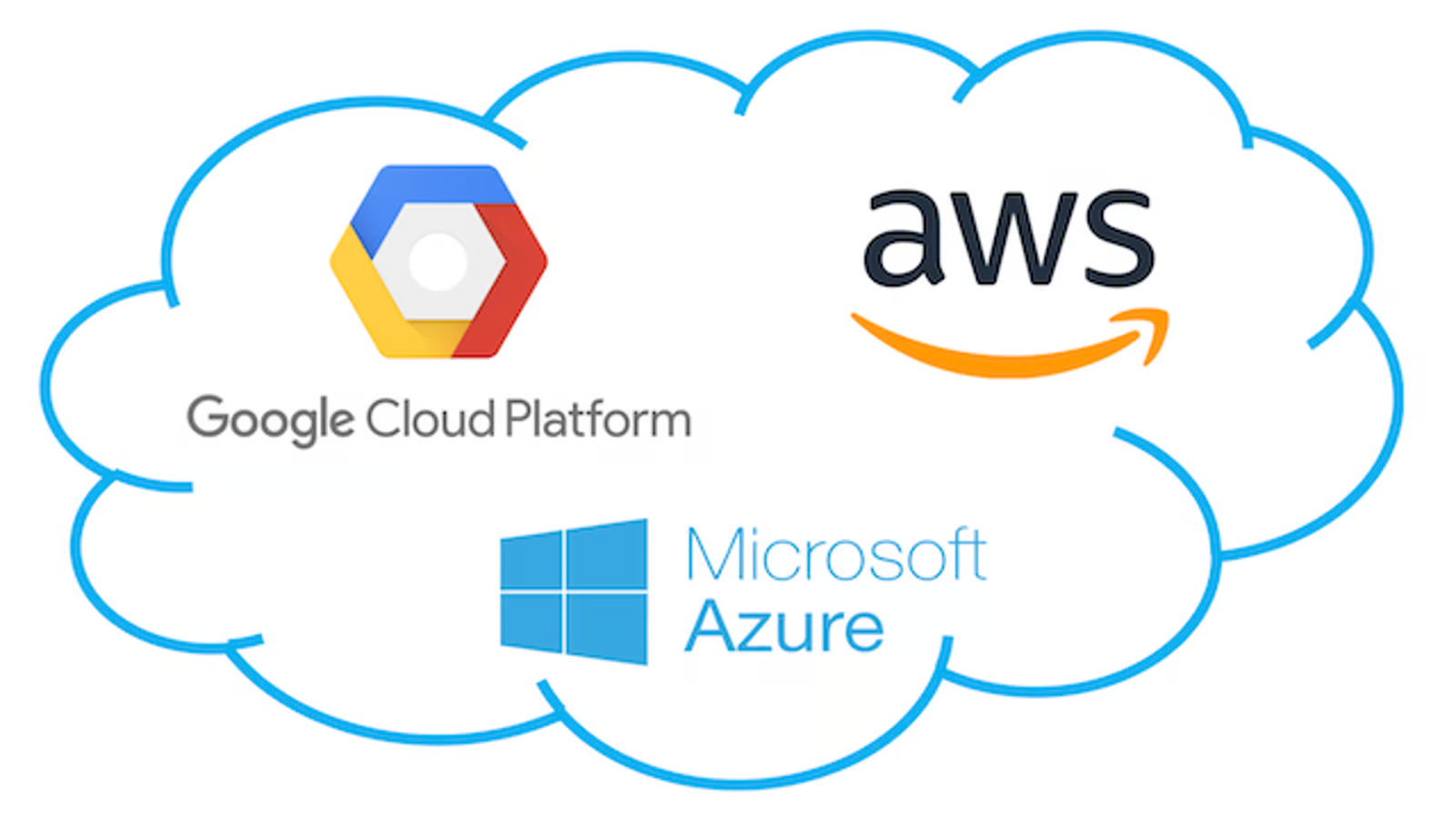Introduction to Cloud Computing Services
In today’s fast-paced digital landscape, businesses are constantly seeking innovative ways to stay ahead of the curve. One technology that has revolutionized the way we work is cloud computing. This game-changing solution has transformed the way organizations operate, collaborate, and deliver services. In this blog, we’ll delve into the world of cloud computing services, exploring its benefits, types, and how it can propel your business forward.
What is Cloud Computing?
Cloud computing is a model of delivering computing services over the internet, where resources such as servers, storage, databases, software, and applications are provided as a service to users on demand. This approach eliminates the need for on-premises infrastructure, reducing costs, and increasing flexibility.
Types of Cloud Computing Services
There are three primary types of cloud computing services:
- Infrastructure as a Service (IaaS): IaaS provides virtualized computing resources over the internet. It offers businesses the ability to rent IT infrastructure—servers, storage, and networking—on a pay-as-you-go basis. This model is highly scalable and allows companies to quickly adapt to changing needs without the burden of maintaining physical hardware.
- Platform as a Service (PaaS): PaaS delivers a platform that enables developers to build, deploy, and manage applications without worrying about the underlying infrastructure. This service includes operating systems, databases, web servers, and development tools. PaaS accelerates the development process and reduces the complexity of managing software stacks.
- Software as a Service (SaaS): SaaS provides access to software applications over the Internet, usually on a subscription basis. Users can access these applications through a web browser, eliminating the need for installation and maintenance. Popular examples of SaaS include email services, customer relationship management (CRM) systems, and collaboration tools.
Cloud Computing Service Providers
1. Amazon Web Services (AWS): Leading provider of comprehensive cloud services.
2. Microsoft Azure: Robust cloud platform for businesses of all sizes.
3. Google Cloud Platform (GCP): Innovative cloud services for data analytics, machine learning, and more.
The Benefits of Custom Web Applications
- Enhanced Efficiency: By automating repetitive tasks and streamlining workflows, custom applications can significantly boost productivity and reduce operational costs.
- Improved Customer Experience: Tailored applications can deliver personalized experiences, increasing customer satisfaction and loyalty.
- Competitive Advantage: A custom-built solution can differentiate your business from competitors by offering unique features and functionalities.
- Scalability: As your business grows, a custom application can easily adapt to accommodate increased demands and evolving needs.
- Data Security: With heightened concerns about data breaches, custom applications can be designed with robust security measures to protect sensitive information.
- Return on Investment (ROI): While the initial development costs may be higher than off-the-shelf solutions, the long-term benefits in terms of efficiency, productivity, and revenue can yield a substantial ROI.
The Custom Web Application Development Process
Creating a successful custom web application involves several key stages:
- Requirement Gathering and Analysis: The process begins by identifying your business goals, target audience, and specific requirements. Close collaboration between you and the development team is essential to ensure that the application aligns with your vision.
- Design and Prototyping: Once the requirements are defined, the design phase focuses on creating a user-friendly and visually appealing interface. Prototypes are developed to visualize the application’s functionality and gather feedback.
- Development: Skilled developers bring the design to life by writing code and building the application’s features. Agile development methodologies are often employed to ensure flexibility and adaptability throughout the process.
- Testing and Quality Assurance: Rigorous testing is conducted to identify and fix bugs, ensuring the application functions as intended and meets quality standards.
- Deployment and Launch: The application is deployed to a production environment, making it accessible to users.
- Maintenance and Support: Ongoing maintenance and support are crucial to addressing issues, implementing updates, and optimizing performance.
Challenges and Limitations of Cloud Computing
1. Security Concerns: Mitigate risks with robust security measures and best practices.
2. Dependence on Internet Connectivity: Ensure reliable Internet access for uninterrupted service.
3. Vendor Lock-in: Choose providers with flexible migration options to avoid lock-in.
How to Choose the Right Cloud Computing Service
- Assess Your Business Needs
The first step in selecting a cloud computing service is to assess your business needs. Consider factors such as the size of your organization, the complexity of your IT infrastructure, and your budget. Determine whether you need IaaS, PaaS, or SaaS, and identify the specific features and capabilities that will best support your operations.
- Evaluate Cloud Provider
Not all cloud providers are created equal. When evaluating potential providers, consider their reputation, service level agreements (SLAs), security measures, and pricing models. Look for providers with a proven track record of reliability, excellent customer support, and a commitment to continuous improvement.
- Consider Security and Compliance
Security and compliance should be top priorities when choosing a cloud computing service. Ensure that the provider offers robust security features, such as encryption, identity and access management, and regular audits. Additionally, verify that the provider complies with industry-specific regulations and standards.
- Plan for the Future
As your business grows, your cloud computing needs may change. Choose a provider that offers scalable solutions and flexible pricing models that can adapt to your evolving requirements. Consider how the provider’s services will integrate with your existing IT infrastructure and whether they offer advanced features such as artificial intelligence (AI) and machine learning (ML) capabilities.
Conclusion
Cloud computing services have revolutionized the way businesses operate, offering cost-efficient, scalable, and secure solutions for managing IT resources. While there are challenges to consider, the benefits of cloud computing far outweigh the risks for most organizations. By carefully evaluating your needs and choosing the right provider, you can harness the power of the cloud to drive innovation, improve collaboration, and ensure business continuity.

